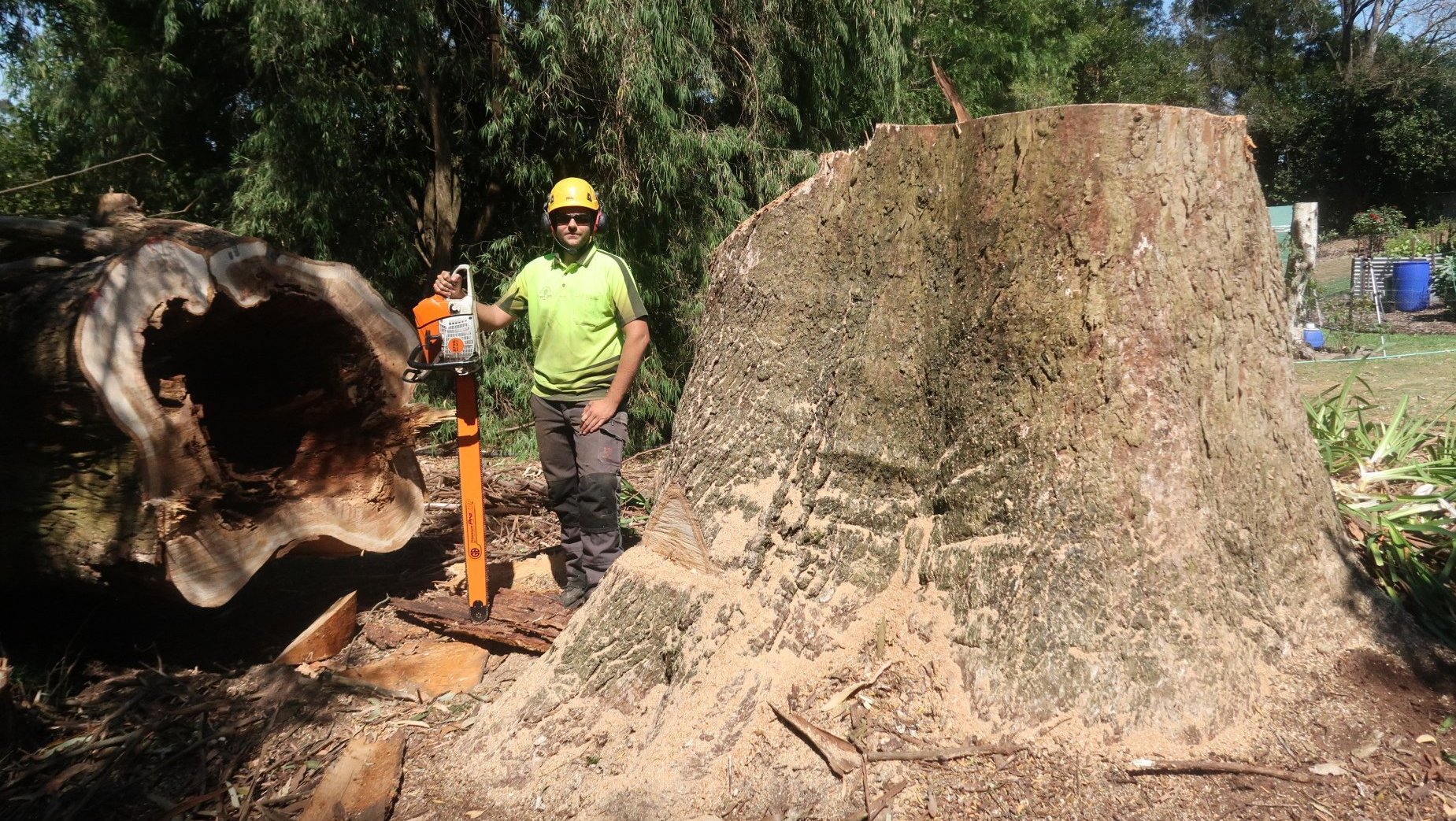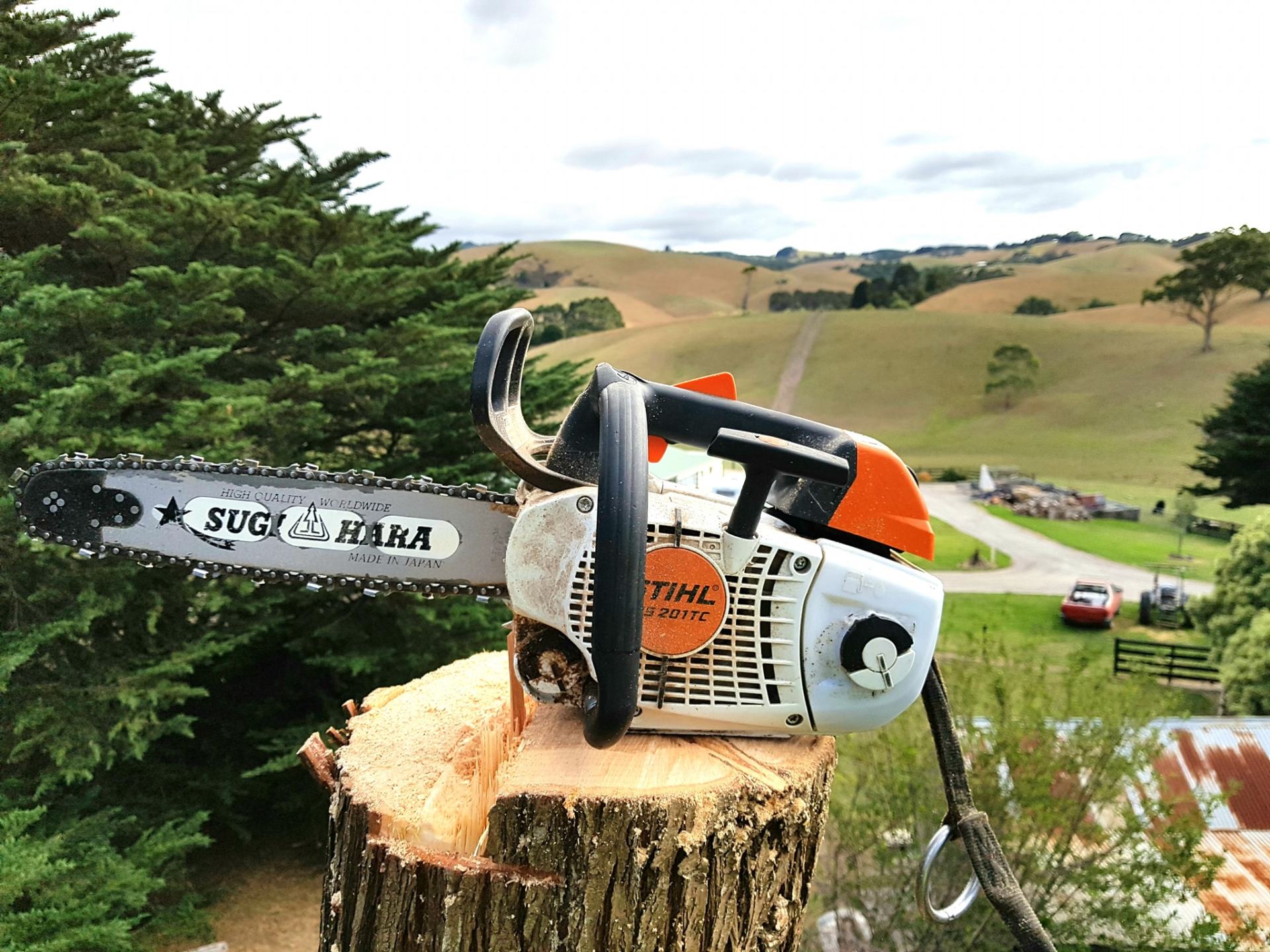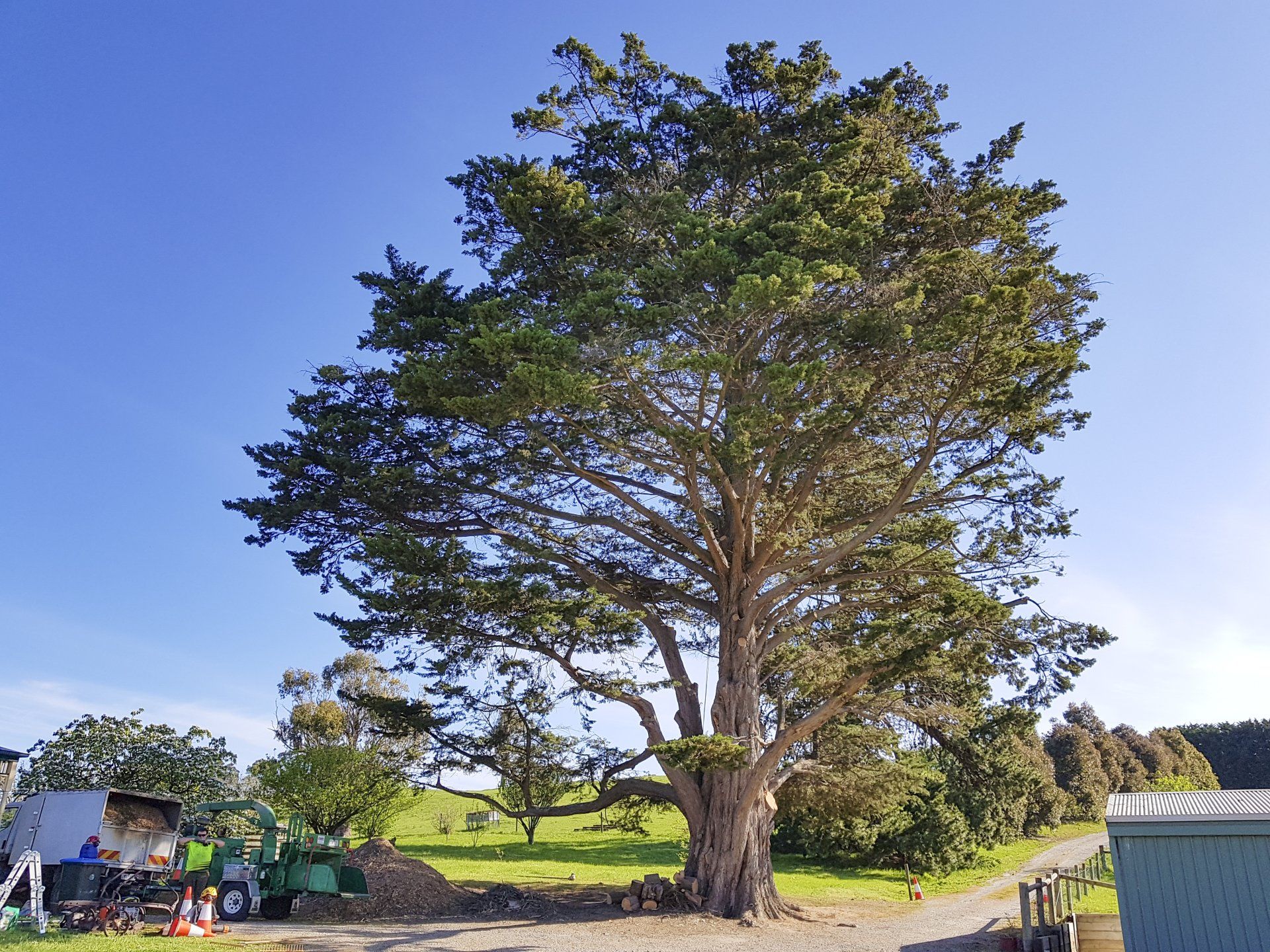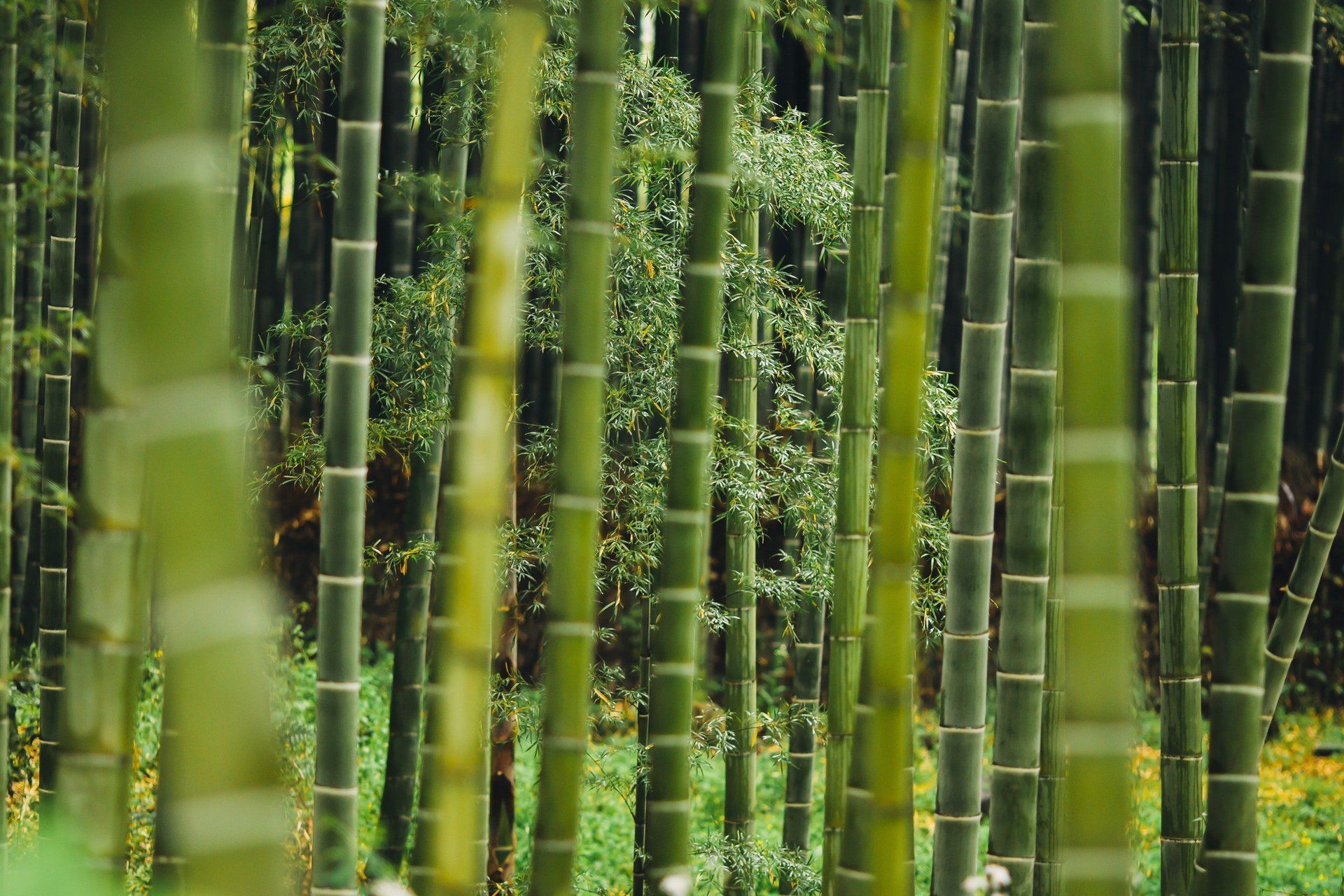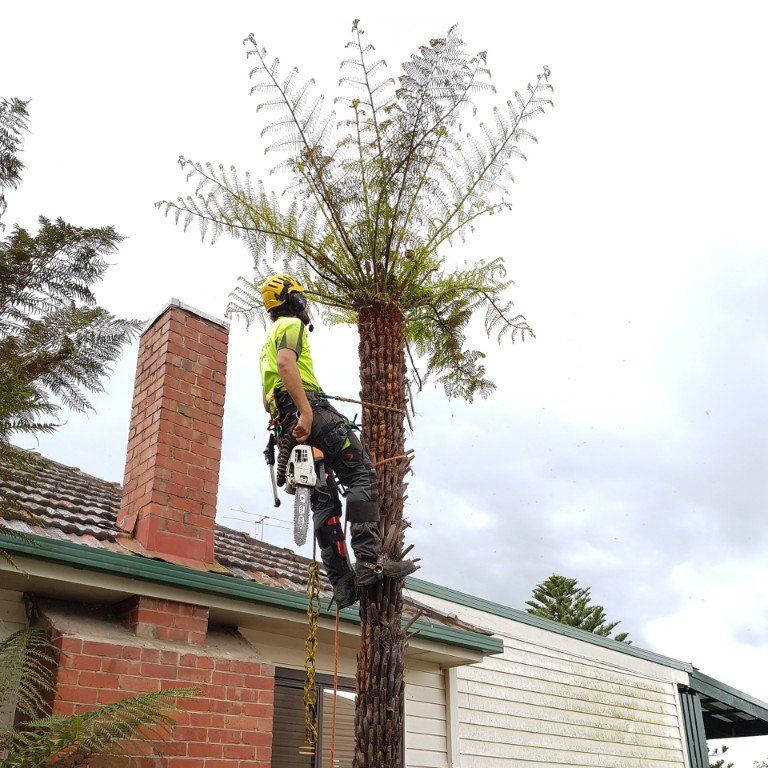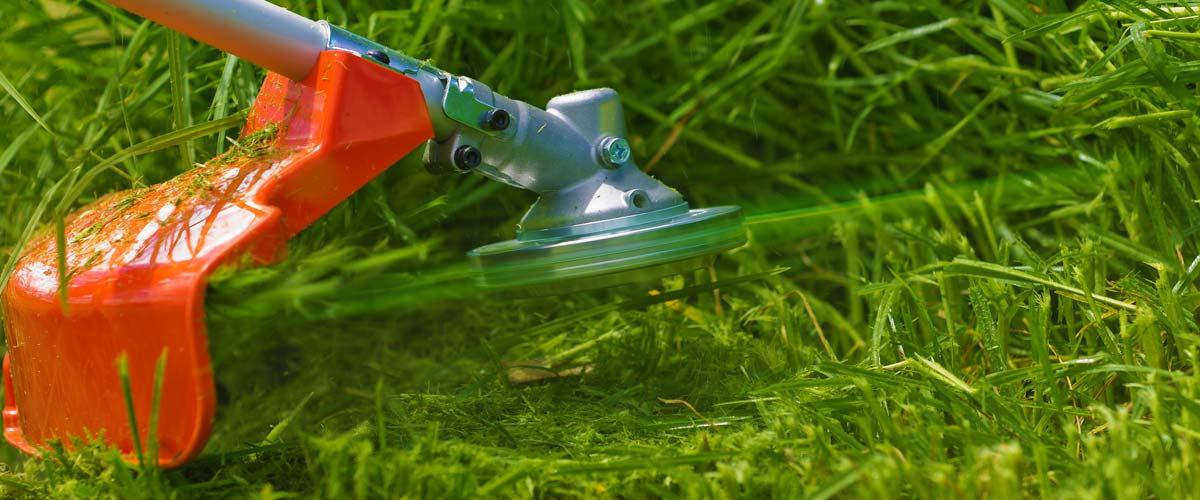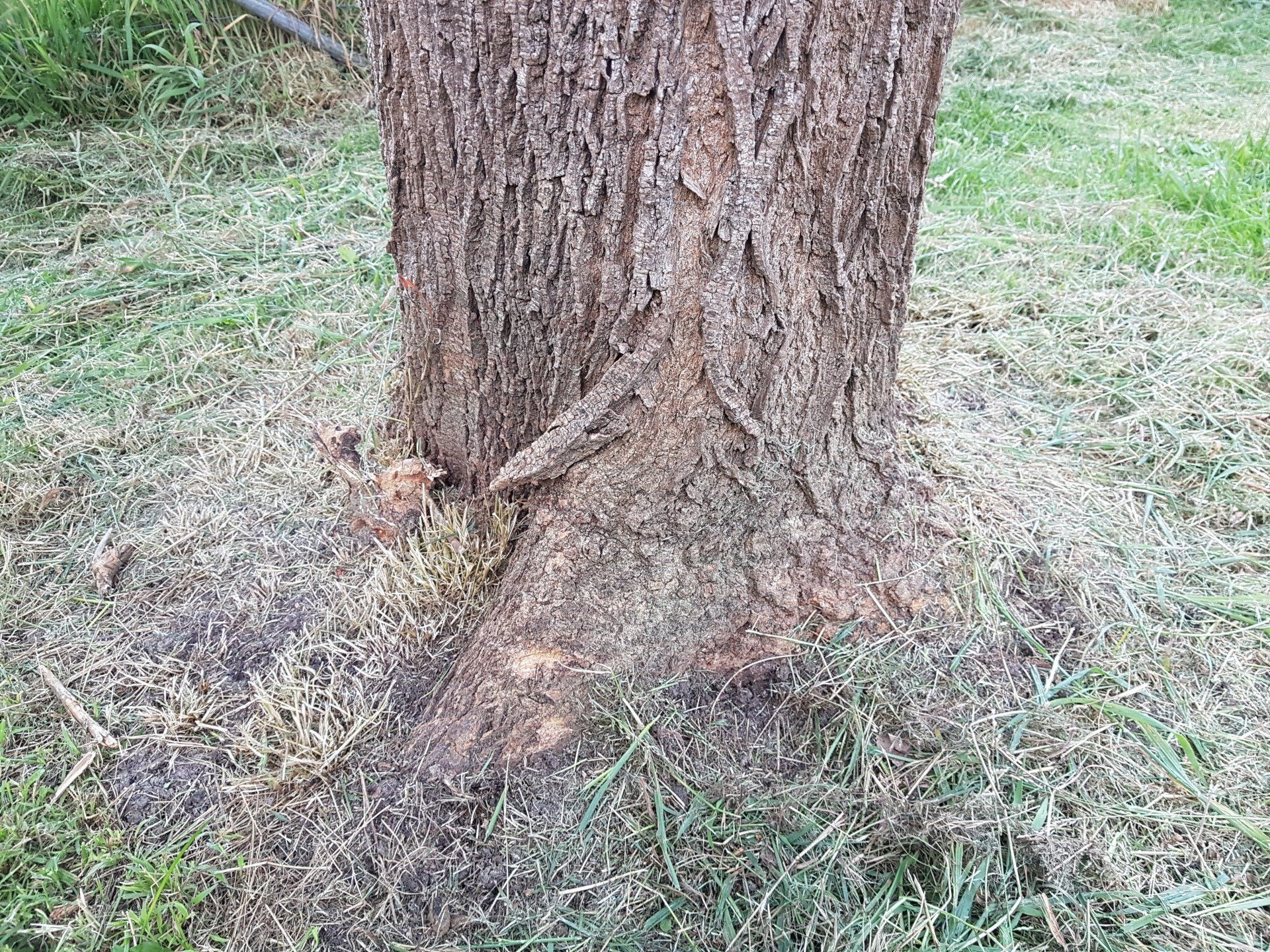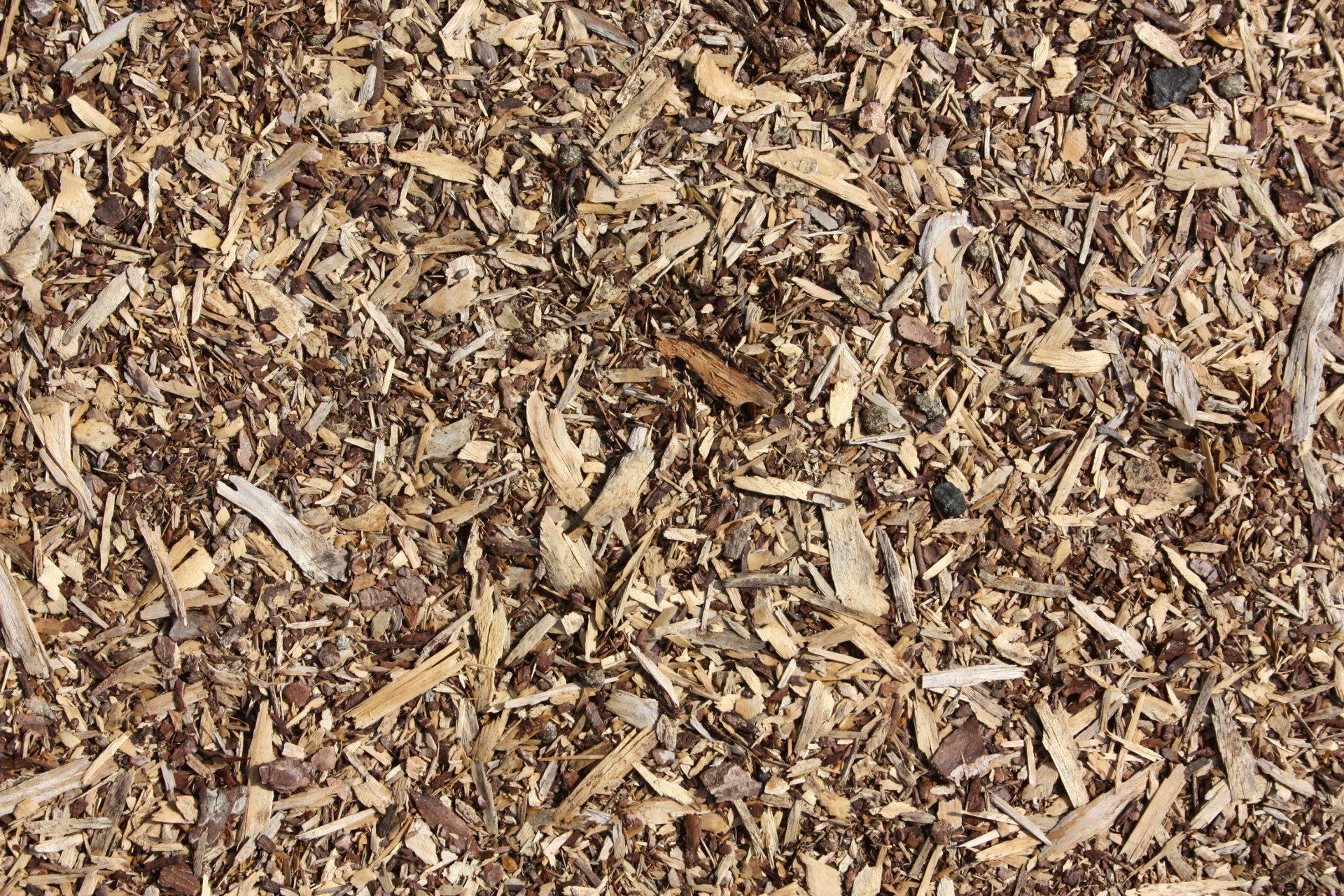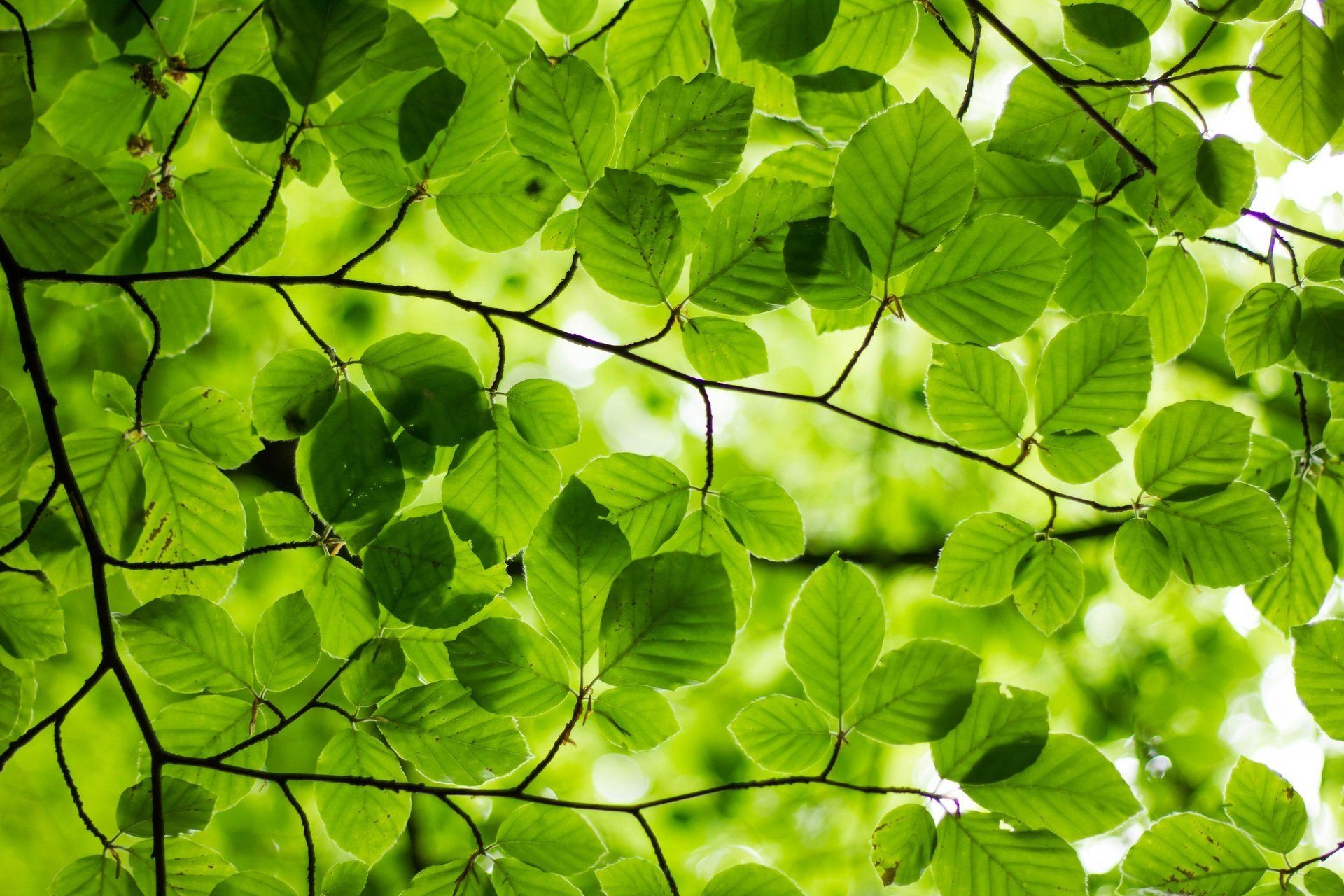Can a whipper snipper kill a tree?
Ahh, the humble whipper snipper. Who doesn't love the sound of a throaty, smelly 2 stoke at 7am on a Sunday morning? Love 'em or hate 'em, they're an indispensable tool for neatening our green interfaces. But would you believe me if I told you they're a leading cause of tree decline in the backyard?
Here's a fairly standard scenario - You or the gardener mows the lawn beautifully,
I mean daamn!
... Alas, you notice the unsightly long grass
around the bottom of your trees. Curses!! Instinctively, one reaches for the whipper snipper, that amazing invention kind of like a mower on a stick. After several attempts at starting the ****ing thing, a trip to the mower shop and a cheeseburger from MCD's, you expertly whizz off all of that annoying grass with amazing skill and dexterity.
What a human! Looks tops!! Bonza!!! Whoops...minor damage to the trunk occurs at this time, but you could care less, right? Right.
First up, any wound to a trees trunk should be avoided - not only are you severing vital pathways between roots and leaves, you're also opening up structural wood to decay organisms. To make matters worse, the first thing people often do after whipper snipping around trees is they spray some Roundup to stop said-grass from returning...doh! Many a healthy mature tree has suffered or died due to such an innocent mistake.
Hold your gardener to account - check the bases of all your trees!
Another common problem arising from whipper-snipper damage is 'collar rot', caused by mounding mulch up against a freshly exposed wound low on the trunk of the tree.
...Alright wise guy, what's the solution?
That's right - hand weeding! YAAYY! By all means, snip that grass as close as you dare, but get on your knees for the last little bit. If you must spray, always follow the directions on the the bottle (ie. use the lowest dose, not the highest!) and check for any wounds on the trunk or surface roots first. When mulching, scoop it away from the trunk when applying, and check regularly to ensure the trunk remains clear.
Happy days!
